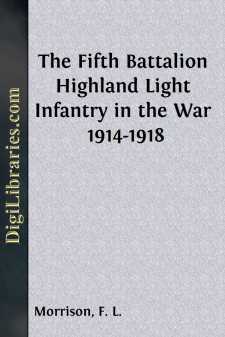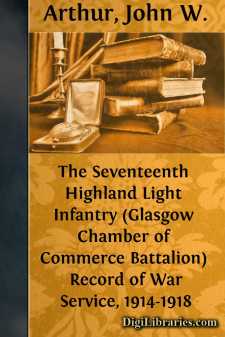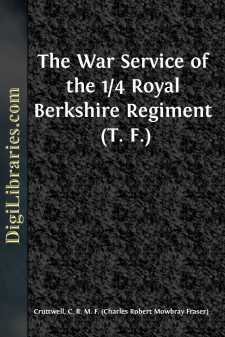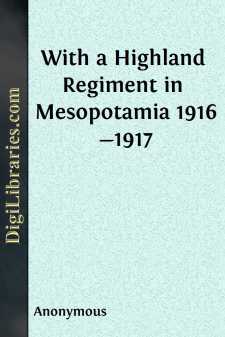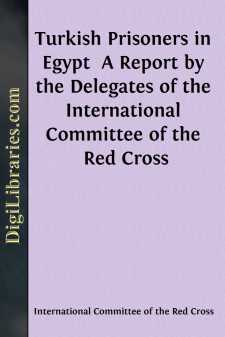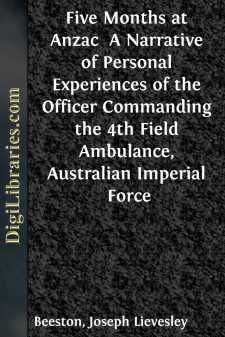Categories
- Antiques & Collectibles 13
- Architecture 36
- Art 48
- Bibles 22
- Biography & Autobiography 813
- Body, Mind & Spirit 142
- Business & Economics 28
- Children's Books 17
- Children's Fiction 14
- Computers 4
- Cooking 94
- Crafts & Hobbies 4
- Drama 346
- Education 46
- Family & Relationships 57
- Fiction 11829
- Games 19
- Gardening 17
- Health & Fitness 34
- History 1377
- House & Home 1
- Humor 147
- Juvenile Fiction 1873
- Juvenile Nonfiction 202
- Language Arts & Disciplines 88
- Law 16
- Literary Collections 686
- Literary Criticism 179
- Mathematics 13
- Medical 41
- Music 40
- Nature 179
- Non-Classifiable 1768
- Performing Arts 7
- Periodicals 1453
- Philosophy 64
- Photography 2
- Poetry 896
- Political Science 203
- Psychology 42
- Reference 154
- Religion 513
- Science 126
- Self-Help 84
- Social Science 81
- Sports & Recreation 34
- Study Aids 3
- Technology & Engineering 59
- Transportation 23
- Travel 463
- True Crime 29
Sort by:
by:
F. L. Morrison
FROM MOBILISATION TO THE EAST. The period from the date of mobilisation to the date on which we began our active service experiences we propose to pass over quickly, as the events which happened then seem now of small interest to those coming later. With orders prepared carefully in peace time, mobilisation went smoothly. The Normal School, Glasgow, became a barracks and a place for the busy public of...
more...
by:
Unknown
PART I. Formation of the Squadron. It was on the 4th July 1917 that authority was given to the 7th Mounted Brigade (then at Ferry-Post, Ismailia), for the formation of a Machine-Gun Squadron to be known as the "20th." It was to consist of "Headquarters" and only three sub-sections, there being but two regiments (instead of the usual three) in the 7th Brigade. On July 4th, Lieut. E.P....
more...
by:
John W. Arthur
I.—FORMATION AND HOME TRAINING. THE NATION'S CALL TO ARMS. Great Britain declared war on Germany on August 4th, 1914, and almost immediately the combatant strength of its Regular Army was on service and the great bulk of that gallant force engaged in those fierce actions against odds which marked the early fighting. The War Office was quickly alive to the fact that the Regular Army could not...
more...
MOBILISATION AND TRAINING Late in the afternoon of August 2nd, 1914, the 4th Royal Berks Regiment joined the remainder of the South Midland Infantry Brigade for their annual camp on a hill above Marlow. War had broken out on the previous day between Germany and Russia, and few expected that the 15 days' training would run its normal course. It was not, therefore, a complete surprise when in the...
more...
by:
Anonymous
CHAPTER 1. At the outbreak of war, the 2nd Battalion —— was stationed at Bareilly, having been in India since the end of the South African War. Of the fighting in that campaign, the 2nd Battalion had had its full share. At first it formed part of General Wauchope's Highland Brigade and fought with traditional stubbornness at Magersfontein and Paadeburg, and later on identified its name with...
more...
by:
A. Stanley Blicq
Fed up! Every man of the Ten Hundred was fed up. Thirty-six hours cooped in cattle trucks, thirty or forty in a truck and inhaling an atmosphere that would have disgusted a pig—enough to feed anyone up. The Belgian frontier was crossed at sunset and the fringe of war's devastation penetrated. Little interest or casual comment was aroused, although a reputable thirsty one remarked that he thought...
more...
CAPTURED It was November 9th, 1916. I lay in a state of luxurious semi-consciousness pondering contentedly over things in general, transforming utter impossibilities into plausible possibilities, wondering lazily the while if I were asleep. Presently, to my disgust an indefinable, yet persistent “something” came into being, almost threatening to dispel the drowsy mist then pervading my brain. The...
more...
by:
George Pearson
CHAPTER I Polygon Wood Ypres and Hill 60—Preparing for the Gas—Why the Patricias Cheered—The Retirement—The Thin Red Line. The Princess Patricias had lain in Polygon Wood since the twentieth of April, mid-way between the sanguinary struggles of St. Julien and Hill 60, spectators of both. Although subjected to constant alarm we had had a comparatively quiet time of it, with casualties that had...
more...
1. Heliopolis Camp. (Visited on January 2, 1917.) This camp is laid out quite close to the new city of hotels and villas founded in 1905 under the name of The Oasis of Heliopolis. The camp site is 134 feet above the level of Cairo. Strength.—3,906 Turkish non-commissioned officers and men. 3 Turkish soldiers of the Sanitary Corps. 2 Armenian doctors (officers in the Turkish Army). The camp is...
more...
FOURTH FIELD AMBULANCE Shortly after the outbreak of War—after the first contingent had been mobilised, and while they were undergoing training—it became evident that it would be necessary to raise another force to proceed on the heels of the first. Three Infantry Brigades with their Ambulances had already been formed; orders for a fourth were now issued, and naturally the Ambulance would be...
more...


